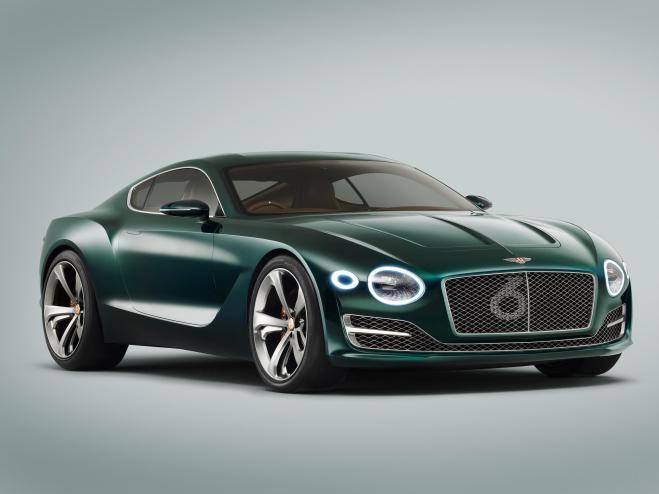Atlanta. The new Porsche 911 GT3 RS breaks down the barrier between road-going sports cars and race cars. It is equipped with the maximum amount of motorsport technology that is currently possible in a street-legal 911 suitable for everyday driving. Extensive modifications to its drivetrain, aerodynamics, and lightweight design take performance to an even higher level than the 911 GT3. With a Nuerburgring Nordschleife lap time of seven minutes and 20 seconds, the new 911 GT3 RS surpasses the 911 GT3 by five seconds, making it the fastest current generation 911 on the famous German racetrack. The 911 GT3 RS is celebrating its world premiere at the 2015 Geneva International Motor Show.
Motorsport expertise is the driving force behind this superior performance. The 911 GT3 RS is powered by a four-liter six-cylinder engine developing 500 hp and 338 lb.-ft. of torque, combined with a specially developed PDK transmission. The engine has the largest displacement and most power of any naturally aspirated engine with direct fuel injection in the 911 family, accelerating the high-performance sports car from zero to 60 miles per hour in 3.1 seconds and propelling it through the quarter mile on the track in 11.2 seconds. Functions such as declutching by “paddle neutral” – which is comparable to pressing the clutch with a conventional manual gearbox – and speed limiting via the Pit Speed button have been adapted from motorsport use. They give drivers more freedom in terms of driving dynamics, while providing them with a maximum level of control and engagement.
The 911 GT3 RS is a masterpiece of intelligent lightweight design. For the first time, the roof is made of magnesium; carbon fiber is used for the engine and luggage compartment lids, and other components are made of weight saving materials. This makes the RS model around 22 pounds (10 kilograms) lighter than the 911 GT3. Furthermore, the lightweight roof lowers the sports car’s center of gravity which improves its already excellent lateral dynamics. The body comes from the 911 Turbo, and it signifies its status as a race-inspired driving machine with its RS-specific aerodynamic enhancements. The front spoiler lip, which sits close to the ground, and the large rear wing reinforce its dominant look.
A 30 centimeter wide recess extends centrally over the CFRP hood and the magnesium roof. This feature is a stylistic reference to the recess on the luggage compartment lid of the classic 911 models with air-cooled engines, while highlighting the two largest lightweight components of the new 911 GT3 RS. Another characteristic is the unique front wheel arch air vents that extend into the upper section of the fenders – just like on purebred race cars. They increase downforce at the front axle.
The chassis of the 911 GT3 RS has been tuned for maximum driving dynamics and precision. Rear-axle steering and Porsche Torque Vectoring Plus with fully variable rear axle differential lock increases agility and dynamics, and the wider track in front and at the rear reduces body roll even further than in the 911 GT3. In addition, the 911 GT3 RS comes with the widest tires of any 911 model. The results: even more agile turn-in characteristics, even sharper steering response, and even greater cornering speeds.
The interior design of the 911 GT3 RS with Alcantara® elements is based on the current 911 GT3. One key new feature is the full bucket seats, which are based on the carbon bucket seats from the 918 Spyder. The optional Sport Chrono Package features – in addition to its integrated timers – the Porsche Track Precision app for smartphone use. The Track Precision app can be used to have times automatically measured via GPS, and to log data on a smartphone for many driving parameters such as vehicle speed, lateral acceleration as well as deceleration and acceleration in the driving direction. It manages this data and lets the driver share and compare it with results from other drivers.
The 911 GT3 RS can be ordered now, and it will launch in the U.S. in early July of 2015. In the United States, the MSRP is $175,900, not including a $995 destination charge.








